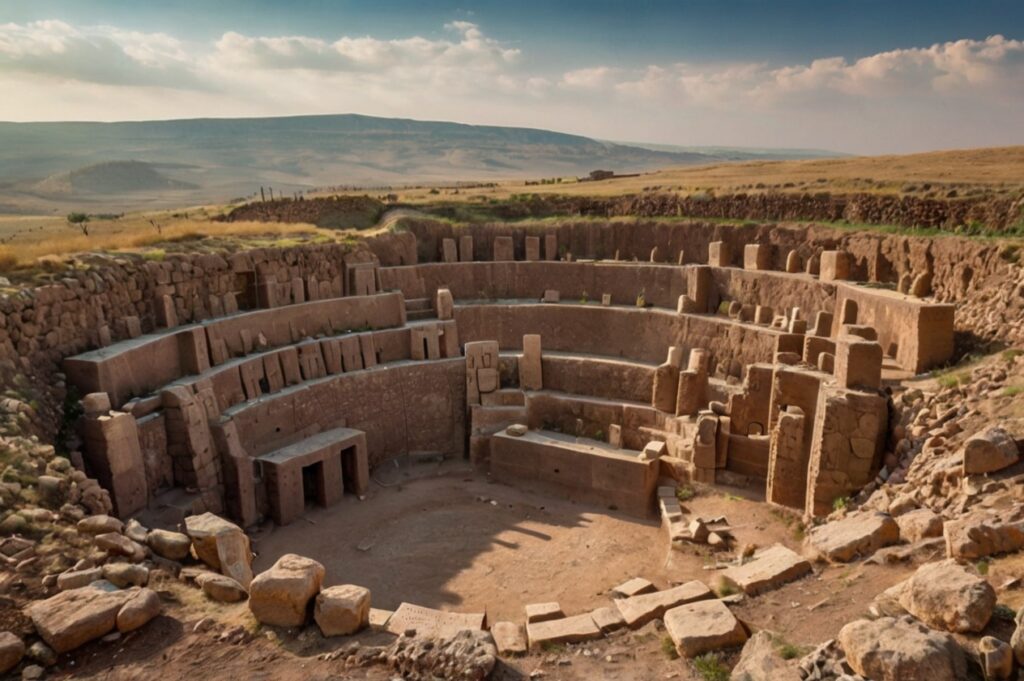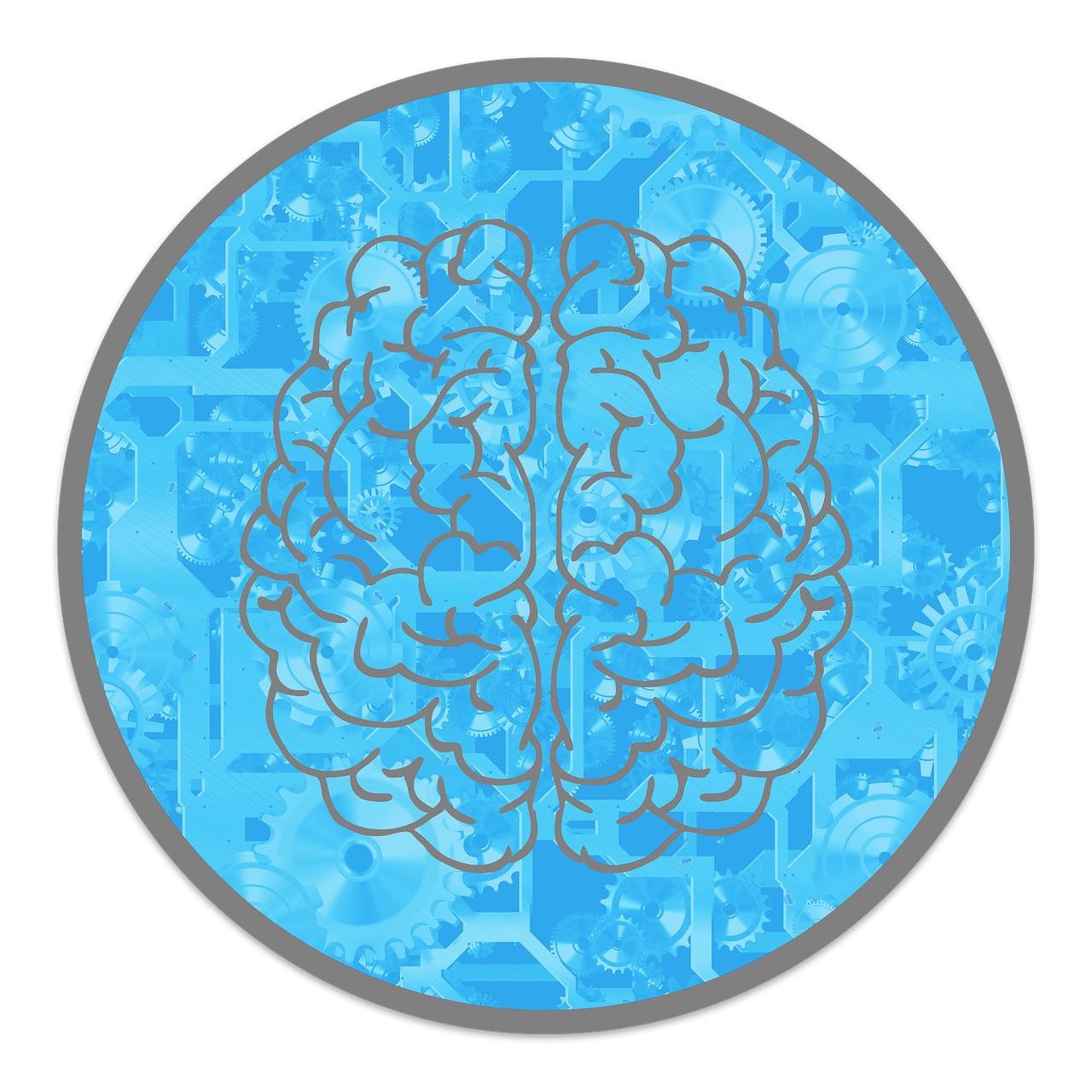
The past has a way of surprising us.
Every so often, an artifact emerges that challenges our understanding of history, reshaping timelines and rewriting what we thought we knew.
From mysterious manuscripts to monumental structures, these discoveries provide glimpses into the ingenuity, creativity, and complexity of ancient civilizations.
Let’s delve into some of the most fascinating prehistoric artifacts that could change history.
Possible Artifacts That Could Change History
Göbekli Tepe (Turkey)
Göbekli Tepe is an incredible archaeological site often called the “world’s first temple.”
Located in modern-day Turkey, it dates back to around 9600 BCE, making it much older than Stonehenge and other famous ancient structures.
What makes it special?
The site is known for its massive stone pillars, some weighing up to 20 tons, arranged in circles.
These pillars are decorated with detailed carvings of animals, showing that the people who built this site had advanced artistic and architectural skills.
Why is it important?
Göbekli Tepe challenges what we thought we knew about early human history.
It suggests that organized religion and large-scale construction projects existed long before the development of agriculture.
This goes against the traditional idea that farming was the starting point for complex societies.
A study in Science Advances has emphasized how important Göbekli Tepe is for understanding the early stages of human civilization and the remarkable capabilities of our ancestors.
- Read also: Unearthing the Past: A Glimpse into Ancient Roman Artifacts
- Read also: Controversial Artifacts from Lost Civilizations: What Are They Hiding?
The Voynich Manuscript

Often called the “world’s most mysterious book,” the Voynich Manuscript is a centuries-old handwritten book that remains a puzzle to this day.
It’s filled with strange illustrations and a script that no one has been able to decode.
What makes it unique?
The manuscript includes unusual drawings of plants that don’t appear to match any known species, as well as astronomical charts and what seem to be medicinal recipes—all written in a language or code no one has been able to understand.
Why is it important?
If someone could crack the code, the manuscript might reveal forgotten knowledge or provide a glimpse into ancient cultures.
Despite numerous efforts, including the use of advanced AI technology, the meaning of the manuscript remains a mystery.
Experts continue to be fascinated by the Voynich Manuscript, as it blends science, art, and history into an unsolved enigma, leaving researchers and curious minds searching for answers.
The Antikythera Mechanism
Often referred to as the world’s first analog computer, the Antikythera Mechanism is an ancient device that was discovered in a shipwreck off the coast of Greece in 1901.
What makes it unique?
This remarkable device, which dates back to around 200 BCE, was used to predict astronomical events like eclipses and the positions of planets.
It’s a complex piece of technology for its time, with a system of gears that worked together to calculate the movements of the stars and planets.
Why is it important?
The Antikythera Mechanism challenges our understanding of ancient civilizations.
Its sophistication shows that people from that era had a far more advanced knowledge of astronomy and mechanical engineering than we previously thought.
A study published in Nature revealed that the mechanism contained as many as 37 gears, and its precision rivals that of modern clocks.
This discovery reshapes our understanding of early human ingenuity and the technical capabilities of ancient cultures.
The Longyou Caves (China)

The Longyou Caves are a fascinating series of 24 hand-carved caverns located in Zhejiang Province, China.
These caves are believed to be over 2,000 years old.
What makes it unique?
What makes the Longyou Caves so extraordinary is their smooth walls and symmetrical carvings.
Even more puzzling is the fact that there’s no sign of tools or debris typically left behind during construction.
This raises questions about how they were made and by whom.
Why is it important?
The scale and precision of the caves suggest the builders had advanced engineering skills.
It’s still unclear what the caves were used for—were they temples, storage spaces, or perhaps something else entirely?
Chinese archaeologists are still studying the caves, and they continue to view them as an impressive example of ancient Chinese engineering and craftsmanship.
The mystery surrounding these caves invites us to rethink what we know about the capabilities of ancient civilizations.
The Bimini Road (Bahamas)
The Bimini Road is a mysterious underwater formation made up of limestone blocks near North Bimini Island in the Bahamas.
It was discovered in the 1960s.
What makes it unique?
The arrangement of the stones is strikingly regular, resembling a man-made road or wall.
This has led some to believe it could be a remnant of the lost city of Atlantis, a legendary civilization that has captured the imagination for centuries.
Why is it important?
If the Bimini Road is confirmed to be artificial, it could change the way we understand ancient history, suggesting that seafaring civilizations with advanced technology existed long before what we currently know.
While some geologists believe the formation is a natural occurrence, studies in Marine Geology indicate that certain features of the structure could be the result of human craftsmanship.
The mystery surrounding the Bimini Road continues to fuel debates and curiosity, challenging our views on the ancient world and its capabilities.
The Glozel Artifacts (France)

In 1924, a fascinating discovery was made in Glozel, France: a collection of over 3,000 items, including engraved tablets, pottery, and human remains.
What makes it unique?
What makes the Glozel artifacts stand out is the presence of inscriptions on the objects that predate known European writing systems.
This has led to theories that an advanced prehistoric culture existed in Europe much earlier than we thought.
Why is it important?
If these artifacts are authentic, they could dramatically change our understanding of early European civilizations.
However, their authenticity has been the subject of intense debate for decades.
While some scholars believe the items are genuine, others question their origin.
A detailed study published in the Journal of Archaeological Science emphasizes the need for further research to fully understand the significance of these findings.
The Glozel artifacts continue to intrigue researchers and history enthusiasts, offering a glimpse into a mysterious past that could reshape our understanding of early human cultures.
The Importance of Ongoing Research
These incredible artifacts highlight the crucial role of continued research in archaeology and history.
As technology evolves, new tools like carbon dating, 3D mapping, and genetic analysis allow us to unlock the mysteries behind these ancient discoveries.
For example, artificial intelligence is now helping researchers decode the cryptic Voynich Manuscript, while underwater drones are exploring submerged sites like the Bimini Road.
These advanced techniques not only help confirm the authenticity of these artifacts but also give us a deeper understanding of the civilizations that created them.
Ongoing research ensures that our knowledge of the past keeps growing, allowing us to uncover more about the ancient world with each discovery.
- Read also: Explore Ancient Civilizations and Their Mysterious Technologies
- Read also: 9 Ancient Civilizations That Disappeared Without trace
Final Thoughts
Prehistoric artifacts like Göbekli Tepe, the Antikythera Mechanism, and the Longyou Caves remind us that history is far more complex than we imagined.
These discoveries challenge established timelines, spark debates, and inspire new questions about human ingenuity and innovation.
As we uncover more about our past, we gain a greater appreciation for the creativity and resilience of ancient civilizations. Who knows what the next groundbreaking discovery might reveal?



